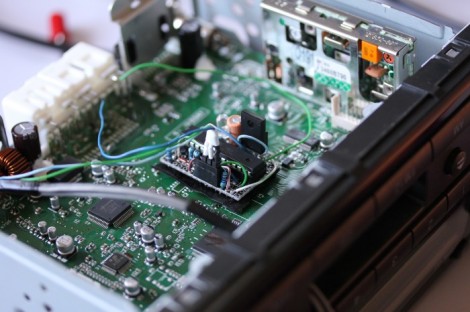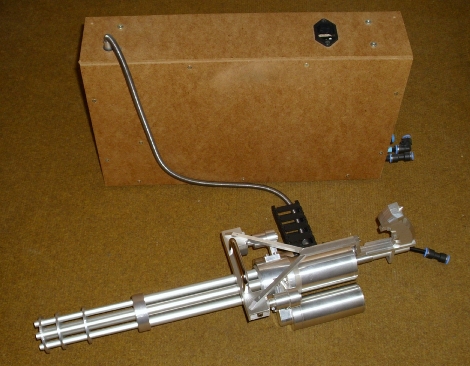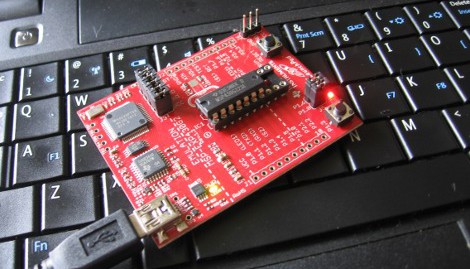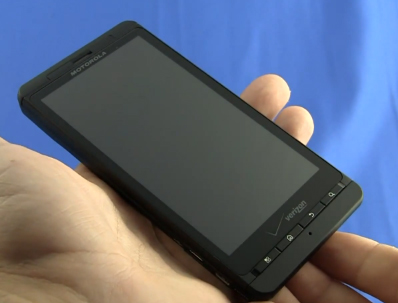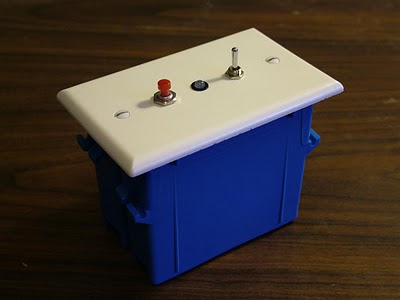
A hackathon by the engineers over at Yelp produced this iPad-centric beer fridge. A thirsty dude bellies up to the contraption, swipes his or her RFID card, then dispenses a glass of frothy goodness. The iPad display shows information about what’s on tap, and allows you to give it a rating. This is based on kegbot but it has a few extra tricks. Instead of measuring how much beer is left via weight, this version uses a flow sensor on the beer lines. Temperature data is recorded from an analog sensor affixed to the keg itself, and the whole shebang is pulled together via an Arduino connected to the serial port of the iPad. You can even check on the keg over the Internet. See for yourself after the break.

